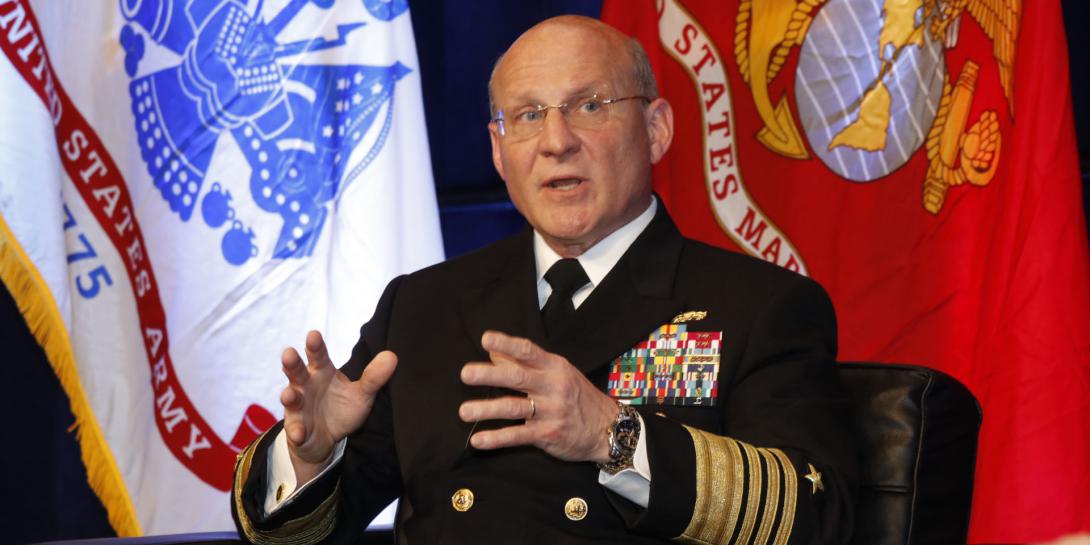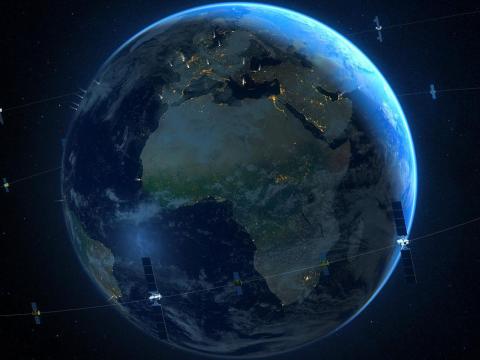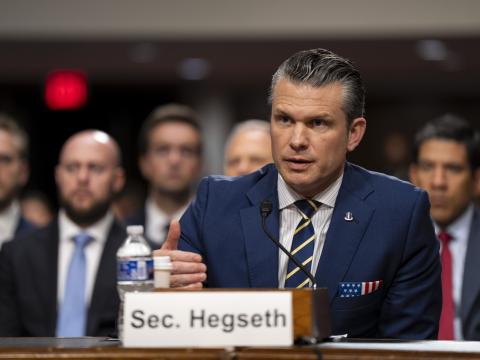Sea Changes Are Affecting the Sea Services
All the U.S. sea services are calling for transformational changes as they confront increasingly capable adversaries. But each service views a different course to achieving a force that can address growing threats from different peer rivals worldwide.
These different perspectives were presented by the opening speakers at WEST 2020, the conference and exposition in San Diego March 2-3 co-sponsored by AFCEA International and USNI. Each of the sea service chiefs described the challenges they face and what they must do—and have—to meet them.
Adm. Michael M. Gilday, USN, chief of naval operations, described the fleet the Navy will need to carry out its maritime operations. While the number and quality of its capabilities is important, so are other elements such as information technology and networking.
Gen. David H. Berger, USMC, commandant, U.S. Marine Corps, addressed how the Corps is shrinking as it returns to its traditional status as a maritime force. “This is the time when we have to get smaller to get better,” he stated. “We have to have capabilities that we don’t have right now.” These will included more unmanned, smaller, lower signature capable ships, he added.
If you’re going to maintain advantage over a force like China, you’re going to have to operate in a different way. And the different way is integration.—Gen. David H. Berger, USMC, commandant, U.S. Marine Corps @CMC_MarineCorps U.S. Marine Corps #WEST2020
— Bob Ackerman (@rkackerman) March 2, 2020
Adm. Karl L. Schultz, USCG, commandant of the Coast Guard, noted that China is outbuilding the United States in icebreakers even though the Middle Kingdom doesn’t border an Arctic sea. The United States must address that new challenge. “China will have more icebreaking ship capability than the United States by 2025,” he declared. “We need a minimum of six icebreakers, three of them with heavy capability.”
China will have more icebreaking ship capability than the United States by 2025. We need a minimum of six icebreakers, three of them with heavy capability.—Adm. Karl L. Schultz, USCG, commandant, @ComdtUSCG U.S. Coast Guard #WEST2020
— Bob Ackerman (@rkackerman) March 2, 2020
All the chiefs agreed that integration is the way of the future. “If you’re going to maintain advantage over a force like China, you’re going to have to operate in a different way. And the different way is integration,” Gen. Berger said.
Panel moderator Robert O. Work, former deputy secretary of defense, offered his perspective on budget issues. “The Trump bump in 2017-2020 provides better balance among personnel, operation and maintenance, and modernization for the force structure we have,” he noted. “But this doesn’t appreciatively grow the force.”
The Trump bump in 2017-2020 provides better balance among personnel, operation and maintenance, and modernization for the force structure we have. But this doesn’t appreciatively grow the force.—Robert O. Work, former deputy secretary of defense #WEST2020
— Bob Ackerman (@rkackerman) March 2, 2020
And growing the force is essential, but only with quality capabilities, the panelists said. “There is no disagreement that any growth in the military has to factor in readiness; we are not going to a hollow force,” Gen. Berger declared. “Any growth in the force has to come with that which can sustain it over time








Comments